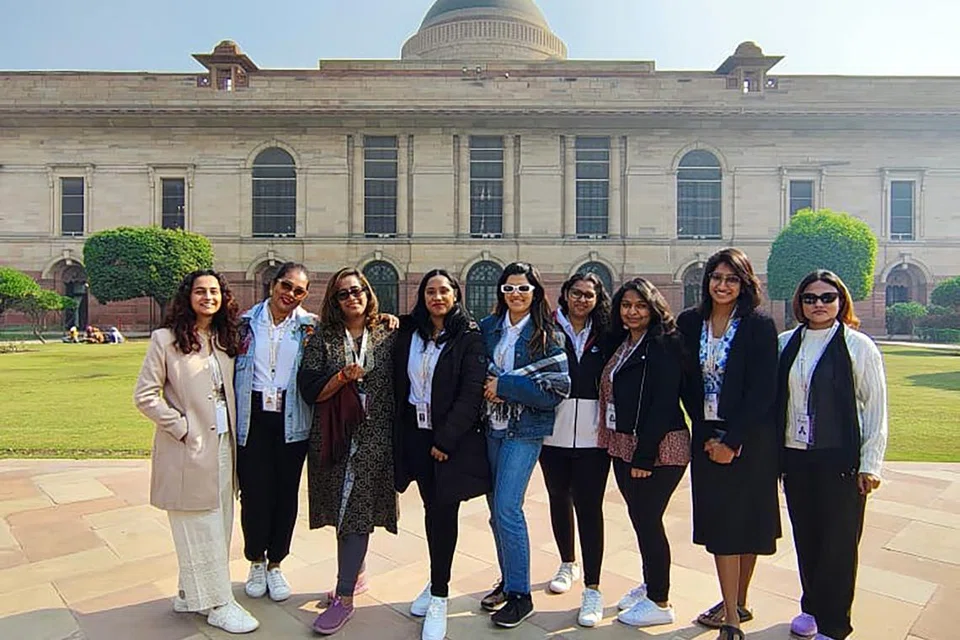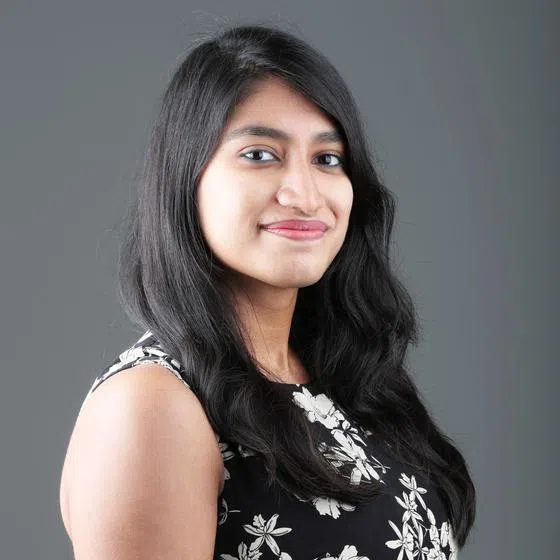Apparently, an Indian wedding in Kenya features a rather complicated music playlist.
In between Bollywood songs such as Bole Chudiyan and London Thumakda are Taylor Swift’s greatest hits and African dance numbers like Olodumare by Joel Lwaga. And the guests in attendance know the lyrics to one and all – regardless of language.
I couldn’t stop asking Kenyan journalist Mahak Dagar questions as soon as we were paired as roommates during the Know India Programme excursion last November.
It was an initiative by India’s Ministry of External Affairs to connect Indian diaspora youth with their cultural and ancestral roots. The 79th edition that I was privileged to be a part of was specially curated for journalists from various countries.
During the three-week trip, during which we visited Delhi, Agra, Mumbai and Bhubaneswar, I met 26 participants from 11 countries, including Fiji, New Zealand, Israel and Suriname.
While fully aware that the Indian diaspora stretched far and wide, it was still an eye opener for me to learn that there are sizable and vibrant Indian communities in places such as Nairobi. In fact, in 2017, Indians were recognised by the Kenyan government as the nation’s 44th tribe.
When Mahak told me that the Indian community numbered around 100,000 in Kenya, I had a litany of questions. “How did Indians end up in Kenya? And why Kenya?”
Indians began migrating to the East African nation following the creation of the British East Africa Protectorate in 1895, she explained.
“We moved there mainly for the jobs, but many Indians also went there and bought land and created several different types of industry… Most Kenyan-Indians reside in Nairobi or Mombasa,” she added.
Mahak, who is of Marwari (from Rajasthan) ancestry, shared that her paternal grandmother – who was of Indian descent – was born in Kenya while her grandfather hailed from Agra.
“When my grandmother got married in India, she lived there for a while after my father and his siblings were born. In 1995, my grandparents and parents migrated to Kenya,” Mahak said.
Her great-grandparents migrated to Kenya just after World War II and started a laundry business called Kushal Singh Laundry. The business stayed open until 2008.
“The Indian community in Nairobi isn’t that big in terms of numbers, but we’re quite prominent when it comes to the business and healthcare industries. My dad runs a pharmaceutical sales business,” said Mahak.
While Gujaratis and Sikhs may be the majority, there are also Tamils and Malayalis there.
“Growing up in Nairobi did feel different at times. My schoolmates would touch my curly hair and say that I don’t look Kenyan – but they are very accepting,” she said with a laugh.
“We speak Hindi at home and my parents always emphasise the importance of our culture. In my community, almost everyone is related to one another, and we often meet in gurdwaras, mandirs and weddings.”
Indians in Kenya, according to Mahak, celebrate the main festivals such as Holi, Deepavali and Navratri.
“We get permission from the government every year to burst firecrackers during Diwali. We also embrace African culture and take part in Kenyan events where they celebrate their war heroes and heritage. Everyone in Kenya, Indian or not, enjoys African music.”
And then there’s the food.
“Just like bhaji and samosa in our cuisine, they have similar food in African cuisine. I love mokimo – a Kenyan dish of mashed potatoes and green vegetables.”
The level of similarity with regard to food is the same in the Caribbean, explained Wiraisha Sudarshini, another young journalist who hails from Suriname – a country in northern South America that is sometimes considered part of the Caribbean and the West Indies.
Indians there, or Indo-Surinamese, form the largest ethnic group with 27.4 per cent of the population – some 150,000 citizens. Indians began migrating to Suriname in 1873 as indentured labourers, mostly from the modern-day Indian states of Uttar Pradesh, Bihar and the surrounding regions.
“Curry is often found in West Indian dishes, but our version isn’t as spicy,” said Wiraisha, 26.
“Most of us speak Dutch and Sarnami, which is a dialect of Bhojpuri.
“The western diasporic experience varies from different parts of the world, but if there’s an Indian wedding, it doesn’t matter where you’re at – everyone’s going to vibe to Bollywood music.”


